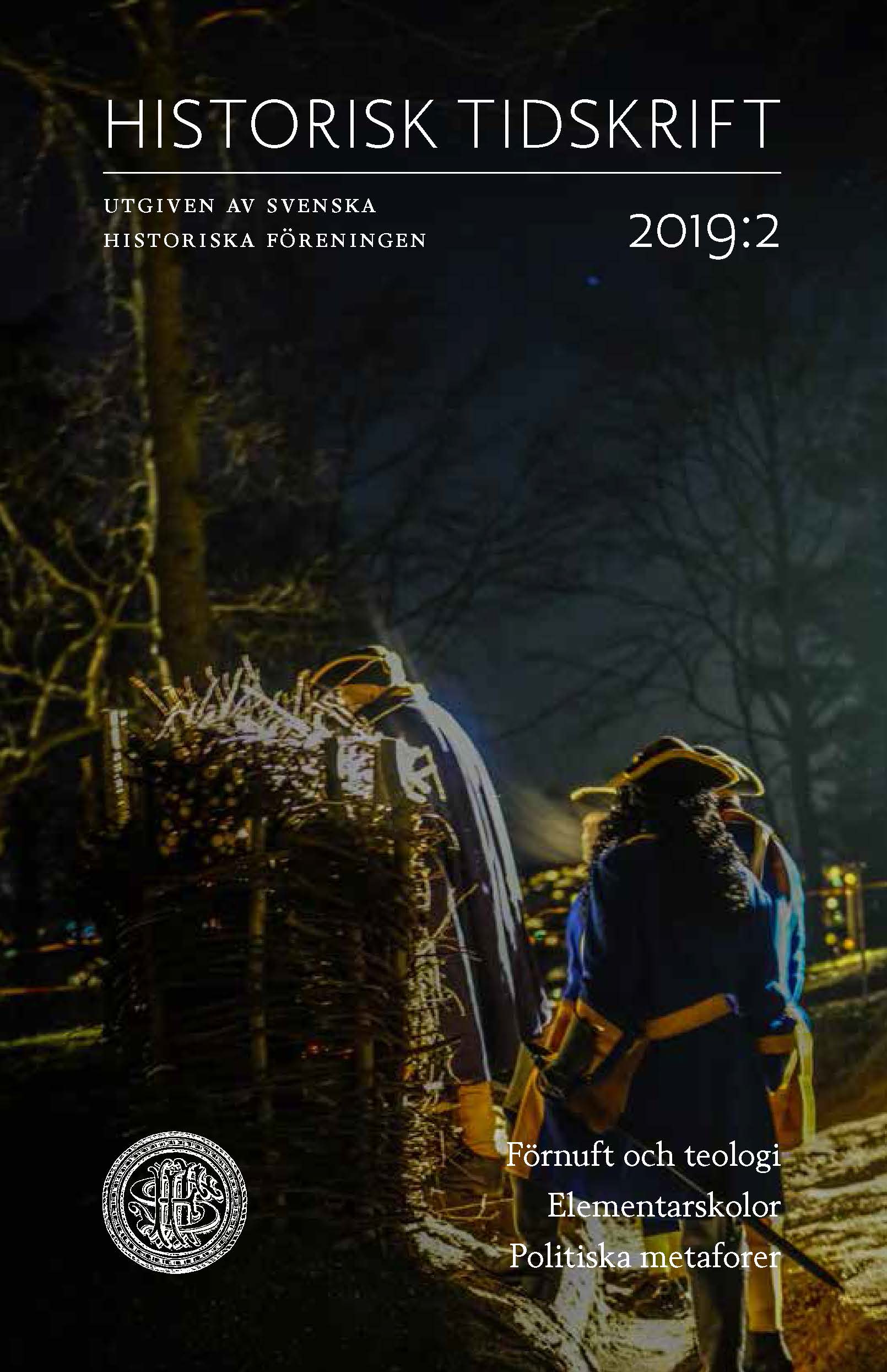Abstract
Indulgences, wooden sculptures and vaulting: The economy of the parish church in Sweden 1430–1519
Swedish medievalists have presented two theories to explain how the investments in vaulting, murals and wooden sculptures in parish churches were made possible from the 1430s and onwards. Everyone agrees that the boom in construction activity is the first discernible sign of recovery after the economic set-back that the Black Death (1350) and recurring outbursts of plague in the following century brought on the country. Primary source material is scant. Only seven parish churches have left us records of their economic activity. One theory posits that the process of vaulting and church decoration was driven chiefly by donations from the nobility. The second theory relies heavily on the fact that land rent and land prices plummeted immediately after the Black Death and remained low. From the middle of the 15th century even freeholders enjoyed considerably reduced tax rates. This development left a bigger share of the agricultural surplus in the hands of the peasant community, who spent part of it on their parish churches.
By creating a full picture of church land transactions (cathedrals, monasteries and parish churches), comparing the level of donations of land to the church with the level of business (buying, selling, exchanging) this study reveals that the parish church had a hard time attracting donors; their share was only five per cent of the total amount of donations 1430–1519. A special investigation was made of parish churches where vaulting had been carried out and supplied with an antiquarian description, which were scrutinised for traces of noble presence, chiefly coats of arms, which could suggest that local nobility had been involved in reconstruction or decoration of church premises. Only one fifth of the churches showed such signs of noble presence. In a third investigation, indulgences issued for parish churches were analysed as a new factor. International research has pointed out that the issuing of such indulgences had a practical economic intent as well as a celestial purpose: to offer a perpetual source of income for the church’s building fund, the fabrica. Seven per cent of the estimated total number of parish churches – of a total of 1 500 – were issued such letters. The overall evidence therefore favours the second theory, with the input from the nobility seriously downplayed but still present.

